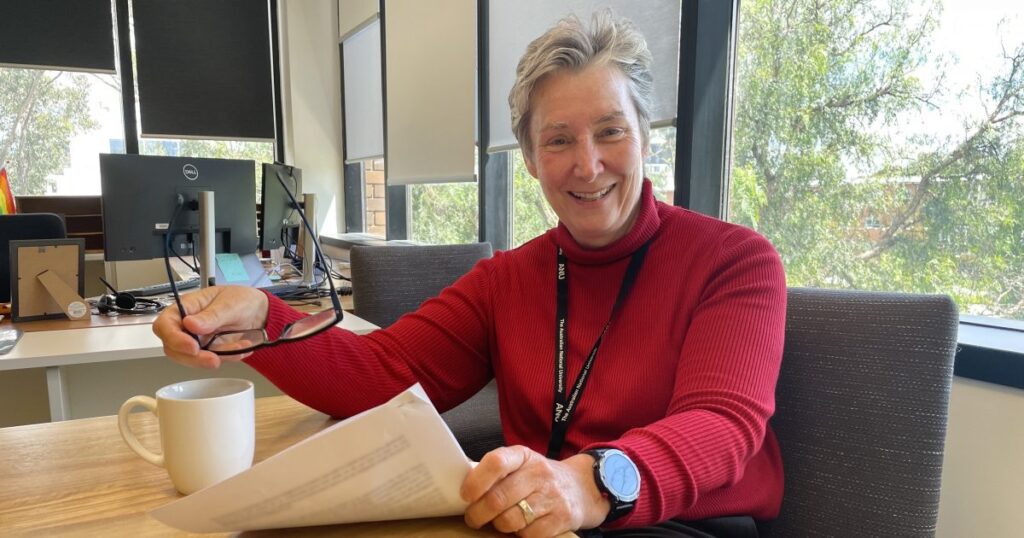
The Australian National University (ANU) has come under scrutiny for its decision to restructure the School of Music and performance studies. The university argues that the changes are necessary to align with the evolving needs of students and the modern music industry. The Dean of the ANU College of Arts and Social Sciences, Professor Bronwyn Parry, emphasized that the proposed curriculum is designed to ensure that music education remains relevant and reflective of contemporary best practices.
Professor Parry stated, “The proposed new School of Creative and Cultural Practice reflects how artists and creatives work in the real world today and is designed to equip students with the range of skills that they will require to excel in these domains in the future.” Her remarks were in response to a campaign by the Canberra Symphony Orchestra and a protest at the Australian Chamber Orchestra concert at Llewellyn Hall, where the ACO’s artistic director, Richard Tognetti, voiced opposition to the changes.
Shifting Educational Paradigms
The announcement comes as ANU responds to feedback from its student body. According to Professor Parry, over 60 percent of students in the School of Music are pursuing music as part of a flexible double degree, pairing it with subjects like physics or accounting. This trend underscores a growing interest in interdisciplinary studies.
“The intake of students into performance was 22 this year, down from 49 in 2018,” Professor Parry noted. “By comparison, Introduction to Music Technology averages 110 students per year. This reflects students’ interest in a broad range of music subjects from composition for media and film, to music production and recording.”
Professor Parry reiterated that ANU is a university focused on academic and creative inquiry, rather than a conservatory model. The proposed changes are the result of extensive consultation, strategic planning, and benchmarking against leading university music schools globally, including those at Oxford, Cambridge, and Surrey.
Community Concerns and Institutional Response
The move represents a significant shift in how musical education is approached at ANU, aiming to prepare students for a multidisciplinary, collaborative, and community-engaged future. While acknowledging community concerns, Professor Parry assured that the university’s decisions aim to keep the curriculum responsive to changing needs and committed to delivering a research-led education.
“We are proud that this proposal saves every existing discipline in the arts, humanities and social sciences in the midst of extremely challenging financial circumstances,” she said.
Despite the backlash, ANU remains committed to maintaining partnerships with key cultural organizations, such as the Canberra Symphony Orchestra, Canberra International Music Festival, and National Folk Festival. These collaborations are seen as vital to the university’s mission.
Financial Context and Future Plans
This development follows ANU’s broader financial strategy to reduce its recurrent spending by $250 million by 2026. In light of these financial constraints, the university is reviewing feedback and plans to present an implementation plan to staff, students, and the wider community in due course.
As the debate continues, the ANU’s approach to music education may serve as a bellwether for other institutions grappling with similar challenges. The university’s efforts to balance tradition with innovation could redefine how music education is delivered in an increasingly interconnected and digital world.






